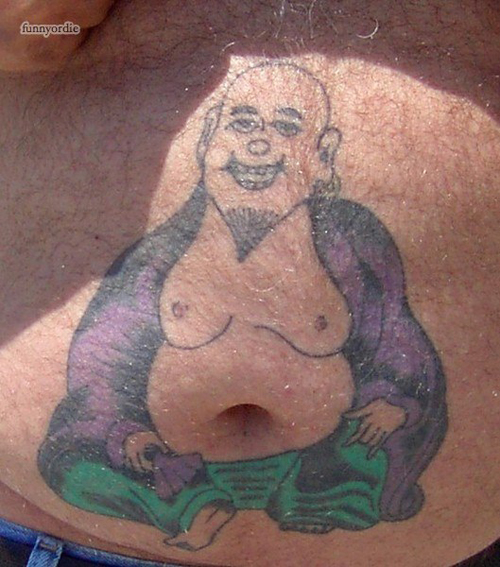
Even though I am a big Simpsons fan, I will have to choose Atlas Copco. I will analyze an Atlas Copco’s Japanese division’s emphasis on quality, which in turn is related to how the factory addresses prevention cost.
My primary source for this post is this two and a half minute video, entitled “A career at Atlas Copco: Quality Control engineer.” The interviewee’s name is Shinpei Muto and he works in an Atlas Copco surface drilling factory in Japan.
A career at Atlas Copco: Quality Control engineer
As the 34 second mark shows, Atlas Copco’s first priority is customer satisfaction. Furthermore, at the 39 second mark, the mission of this factory “is to provide world-class safety and top quality, as well as an environmentally friendly product and service” (AtlasCopcoGroup). One way the factory addresses customer satisfaction, and thus their mission, is through quality control. As the quality control engineer, Mr. Muto’s duties include inspecting the “incoming parts[,] as well as the final check on the product before shipping” (AtlasCopcoGroup).
Mr. Muto’s job is important because in order for the customer to be satisfied, the customer must receive a fully functioning, Atlas Copco drill. The customers presumably have high expectations as they are expecting a top quality drill equipped with world class safety. As our book’s pages 190-191 discusses, quality improves reputation and reduces the risk of product liability. At the bare minimum, Atlas Copco wants to maintain its reputation as a world class company. At the 1:16 mark, Mr. Muto raises the concern that a product with a loose bolt could be a serious problem. The serious problem is of course costly litigation that will most likely involve the international courts. Mr. Muto wants to prevent this because product liability lawsuits will hurt the Atlas Copco image, as well as cost him his job.
At 1:38, we learn that Atlas Copco provides the opportunity for employees to take 40 hours of training per year. From this fact, I assume Atlas Copco as a whole does this and not solely Mr. Muto’s factory. By offering training, Atlas Copco is addressing one of the four major categories of costs that are associated with quality; prevention cost. Prevention costs are costs that are “associated with reducing the potential for defective parts or services” (Heizer and Render 192). By offering training, Atlas Copco is reducing the likelihood for defective parts, and thus live up to their mission.
Questions
How can you compare Atlas Copco’s emphasis on quality with that of your job?
Does your workplace account for any of the four major categories of costs associated with quality? (Prevention costs, appraisal costs, internal failure, and external costs).
Works Cited
AtlasCopcoGroup. “A Career at Atlas Copco: Quality Control Engineer.” YouTube. YouTube, 02 May 2012. Web. 31 Oct. 2012. <http://www.youtube.com/watch?v=kDp2SDhzMmQ>.
Heizer, Jay H., and Barry Render. “Managing Quality.” Principles of Operations Management. 8th ed. Boston: Pearson Education, 2011. 207. Print.

